Artists Working in Mixed-Media & Assemblage
“I owe you the truth in painting and I will tell it to you.”
Paul Cézanne to painter, Emile Bernard (1905)
Postmodern philosopher Jacques Derrida postulates in his deconstructive approach to criticism that the idea of pure forms, or essence, take precedence over appearance. Across the spectrum of artistic mediums, African American women have utilized every approach to cultural production as a means to express themselves and their humanity. Of those artists, those who choose assemblage communicate through a diverse range of materials and approaches to create a semiotic analysis as a way of witness-bearing, story-telling, and narrative remodeling.
Howardena Pindell, Betye Saar, Vanessa German, Bisa Butler, and Dindga McCannon are assemblage artists that apply found items and fabrics that previously held different uses or significance. Then they fuse these items to construct forms that take on new meaning from their old symbols and are imbued with inventive concepts and significance. They are five African American women artists that we are excited to present to the market that works in a manner of deconstruction/reconstruction to create new meaning and significance.
“Deconstruction is something that happens and happens from the inside.”
Jacques Derrida to a lecture at Villanova University (1994)
Betye Saar
Since the 1970s, Betye Saar has been creating assemblage works that reflect the spiritualism of her ancestors. Hoodoo, the varied spiritual practices brought by enslaved Africans to the United States is a recurring theme in her practice. Her use of found materials stemmed from funding she was awarded in 1970, Saar received funding to travel with David Hammons to the National Conference of Artists in Chicago, where the two artists visited the Field Museum and viewed the collections of African and Oceanic anthropological artifacts. For Saar, the experience was the watershed moment in which she began to use recycled materials. The exhibition included bone, hair, shell, wood, and animal skin, which were reconstituted as sacred talismans. While all objects, according to many traditional belief systems, contain varying degrees of inherent power, their precise spiritual meaning arises from how they are combined. She began to consider the spiritual lives and practices of her ancestors, before and after they arrived in America. Subsequently, Saar created assemblages that were directly inspired by hoodoo ritual objects.
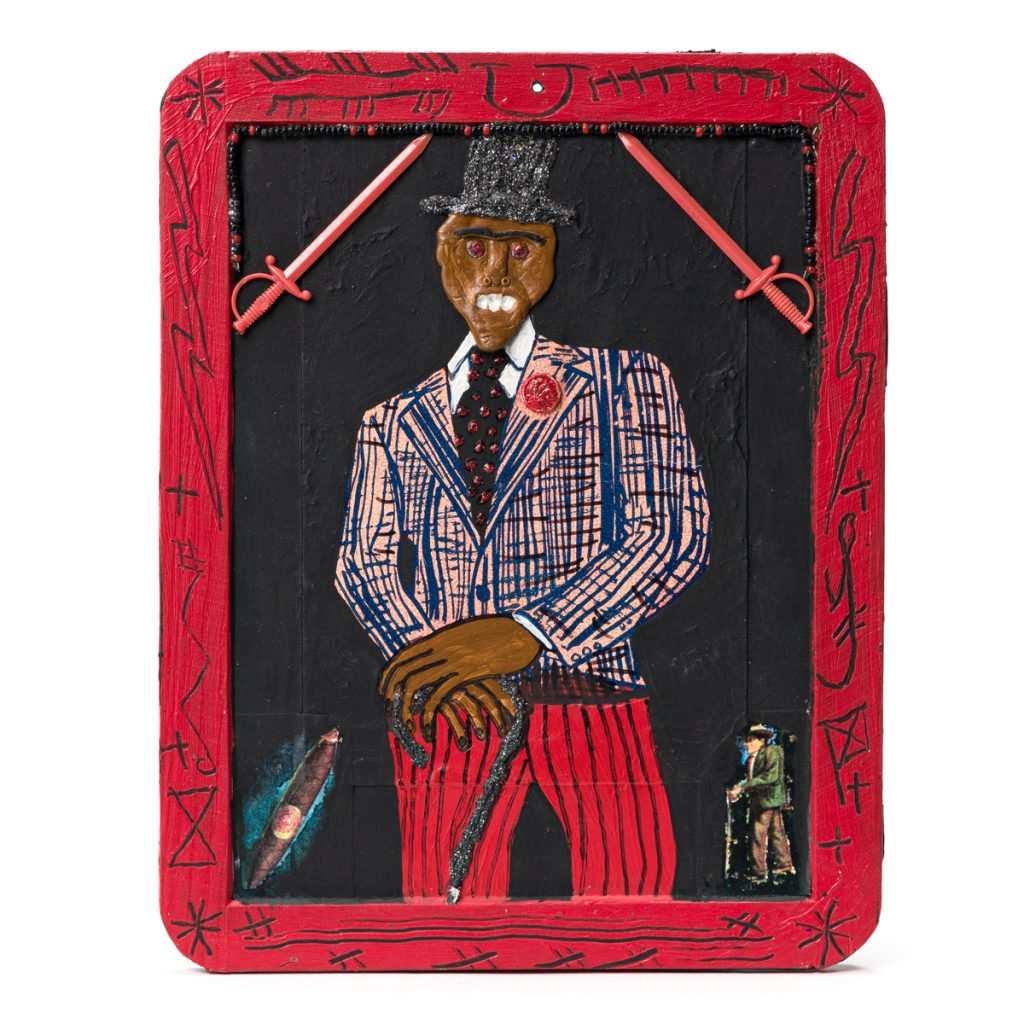
Hoo Doo #19, 1992 is a living double-sided effigy in homage to the Hoodoo practice. The reconstruction of old material designates new meaning. The found objects, imagery, and writing on the double-sided chalkboard reference cleromancy, the divination of small objects; the cosmogram, the movement of the life cycle and the heavens along with other spiritual meanings. The symbols on the border of the work consist of watches, piercings eyes, recycled buttons, and the hamsa palm are placed to ward off evil spirits, and conjure a new spiritual meaning for a people who had their belief system stripped once they were forcibly taken to a new land. The opposite side of the standing talisman has an image of Papa Legba, guardian of the crossroads, while the side laden with chalk drawings has a recurring symbol that is related to conjuring him and the opening of the gate to the dead. Saar uses deconstruction/reconstruction in her practice to herald hoodoo traditions and the occult, which once reassembled, reinvoke cultural practices which were once lost to an entire people.
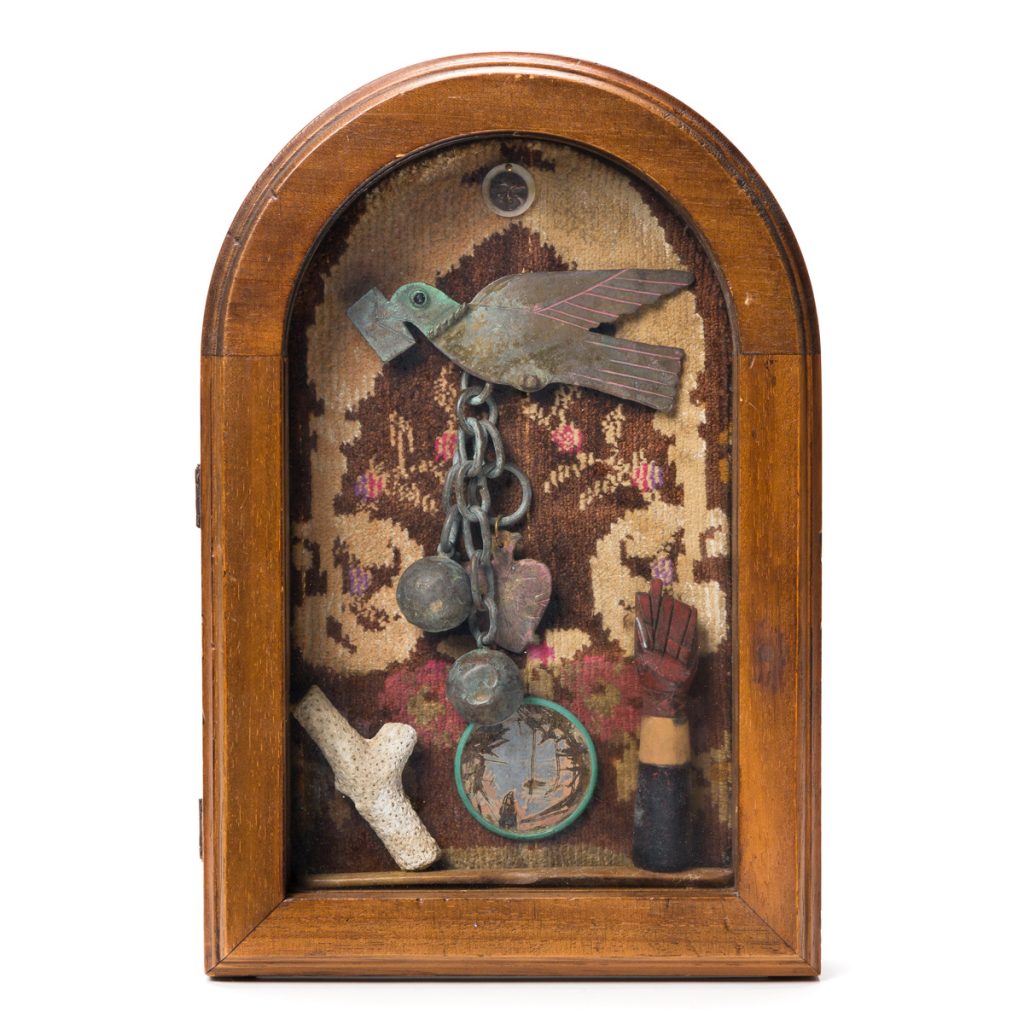
Sojourn is an excellent, evocative assemblage of carefully selected objects steeped in symbolic meaning. In her exhibition essay, LeFalle-Collins notes how Saar uses the plush surface of the tapestry in Sojourn to construct an intimate interior and a spiritual space. The striking central imagery of the messenger bird flying while shackled in chains symbolizes the obstacles faced by African Americans in their pursuit of freedom. (LeFalle-Collins p. 44.)
“Almost all was gathered on salvage campaigns to antique shops, swap meets, flea markets and rubbish bins, local and international. “I consider myself a recycler,” Ms. Saar says. (She’s also called herself a “junkie.”) “I’ve been that way since I was a kid, going through trash to see what people left behind. Good stuff.”
Related Reading: Augusta Savage to Zoë Charlton: Featured Women of Color Artists
Fine Sculpture by African-American Artists
Howardena Pindell
Howardena Pindell’s assemblage works are some of the most noted and influential works from her practice. They are well-developed processes of deconstruction and reconstruction. She uses canvases that are destroyed, decimated, demolished then recomposed into elaborate layers that thematically focus on poignant social issues. Once, she paints on sheets of paper, she punches out dots from it using a hole punch and individually drops the dots onto her canvas. There is a continuous magnetism to grid imagery and textured surfaces that appears throughout her assemblages. The use of punched paper in her work is reminiscent of pointillism and contains a sense of controlled chaos that has gone through the experience of evidence-based practice.
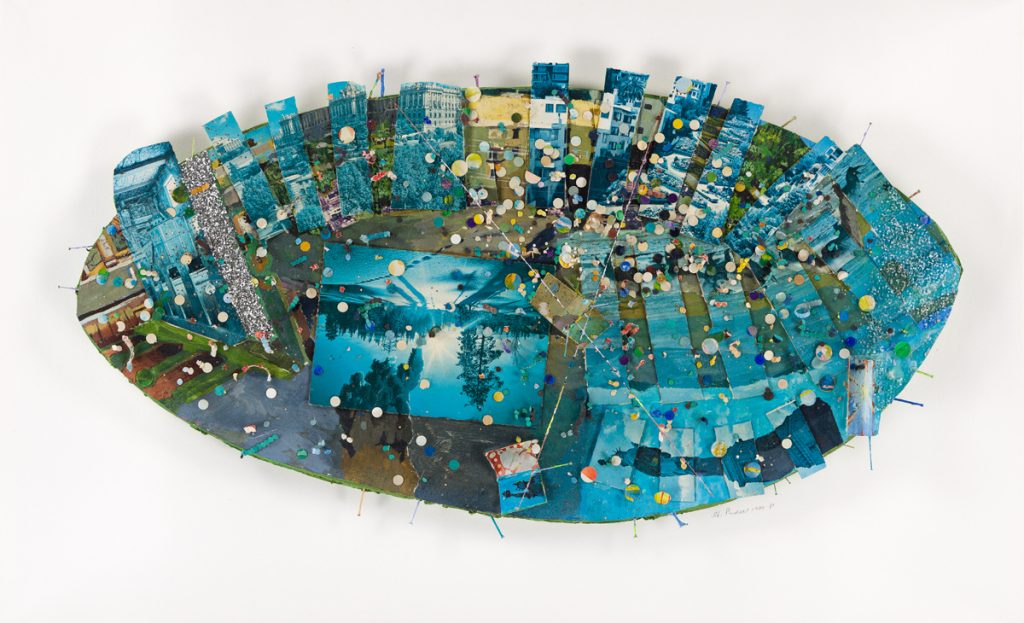
Her 1980-81 Oval Memory series transformed postcards saved from her global travels into elaborate assemblages that helped reconstruct her memories. Pindell’s creative method of destruction and reconstruction to reconnect to her memory gives meaning to her use of aesthetics to synthesize her past. Oval Memory Series: (Rhinoceros) Heaven is the first of this important series to come to auction. Her Autobiography: Oval Memory #1 is in the collection of the artist; Oval Memory Series II: Castle Dragon is in the collection of the Metropolitan Museum of Art.
Dindga McCannon
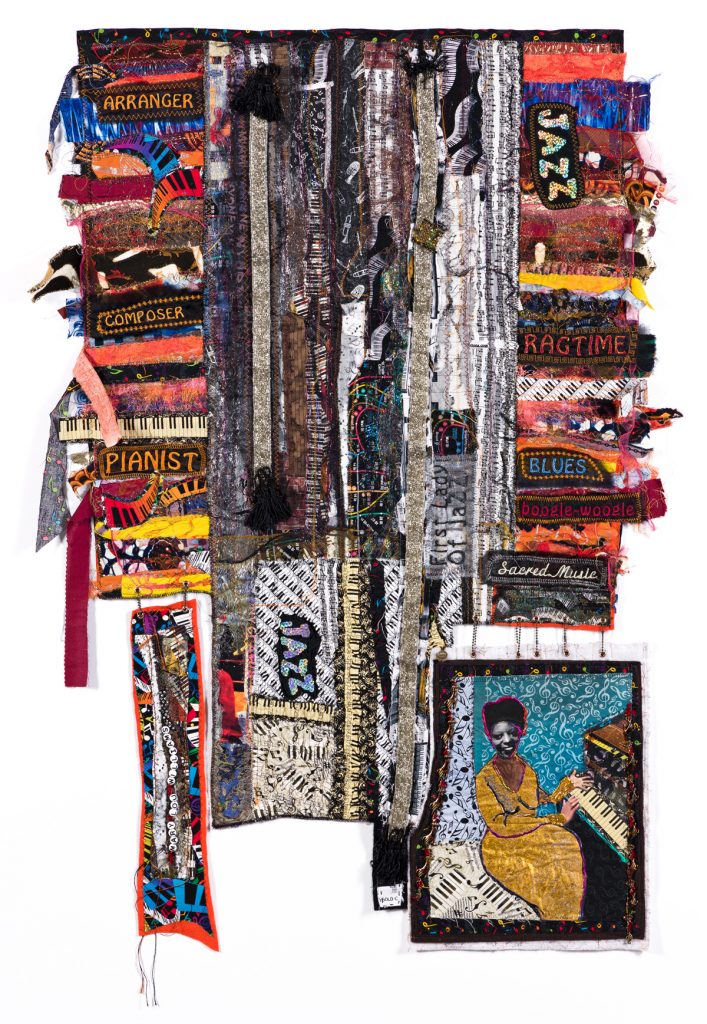
Mary Lou Williams, Jazz Pianist, 2017 is a mixed media quilt from renaissance artist Dindga McCannon. The deconstructed quilt incorporates unconventional materials into textile constructions that draw their subject matter from the history of unsung African-American jazz pianist Mary Lou Williams. She composed, arranged, and recorded more than one hundred records meanwhile, writing and arranging for Duke Ellington and Benny Goodman, all the while mentored Thelonious Monk, Charlie Parker, Miles Davis, and Dizzy Gillespie.
McCannon’s quilt is part sculpture, part collage, part assemblage, part painting, part beading, and part embroidery, bringing together the traditional life skills she was taught as a young woman with those she acquired through her lifelong commitment to being an artist. It acts as a sculpture in homage to deconstruction/reconstruction through the mixing of fabrics and materials. She uses the quilt as a medium of narrative highlighting and story-telling of William’s experience as a Black woman cultural producer, a role McCannon is certainly intimate with. The elements of the quilt help to narrate the tableau of Willams’ life as an arranger, pianist, and shaper of the genre of jazz. McCannon reconstructs the individual elements of the quilt to highlight and transform Williams’ life work.
Related Reading: Artist Profile: Faith Ringgold
Bisa Butler
Utilizing the fiber arts Bisa Butler creates quilts that are masterfully woven together using intricate pieces of fabric and sourced photography. Her quilts are constructed from detailed fabric elements that act as an homage to Black history and rewrites the narrative of the African American experience from the viewpoint of those overlooked.
Butler graduated Cum Laude from Howard University with a BFA degree. During her education at Howard University, Butler was able to refine her natural talents under the tutelage of lecturers such as Loïs Mailou Jones, Elizabeth Catlett, Jeff Donaldson, and Ernie Barnes. Studying under and adopting the AfriCOBRA treatise on artistic production Butler uses vibrant “Kool-Aid colors” of the 1960s and ’70s. She is also inspired by the collage-work of Romare Bearden, the unending photography of Gordon Parks, the quilts of Faith Ringgold.
While obtaining her Master’s degree from Montclair State University in 2005 Butler took a Fiber Arts class where she had an artistic epiphany and she finally realized how to express her art. “As a child, I was always watching my mother and grandmother sew, and they taught me. After that class, I made a portrait quilt for my grandmother on her deathbed, and I have been making art quilts ever since.”
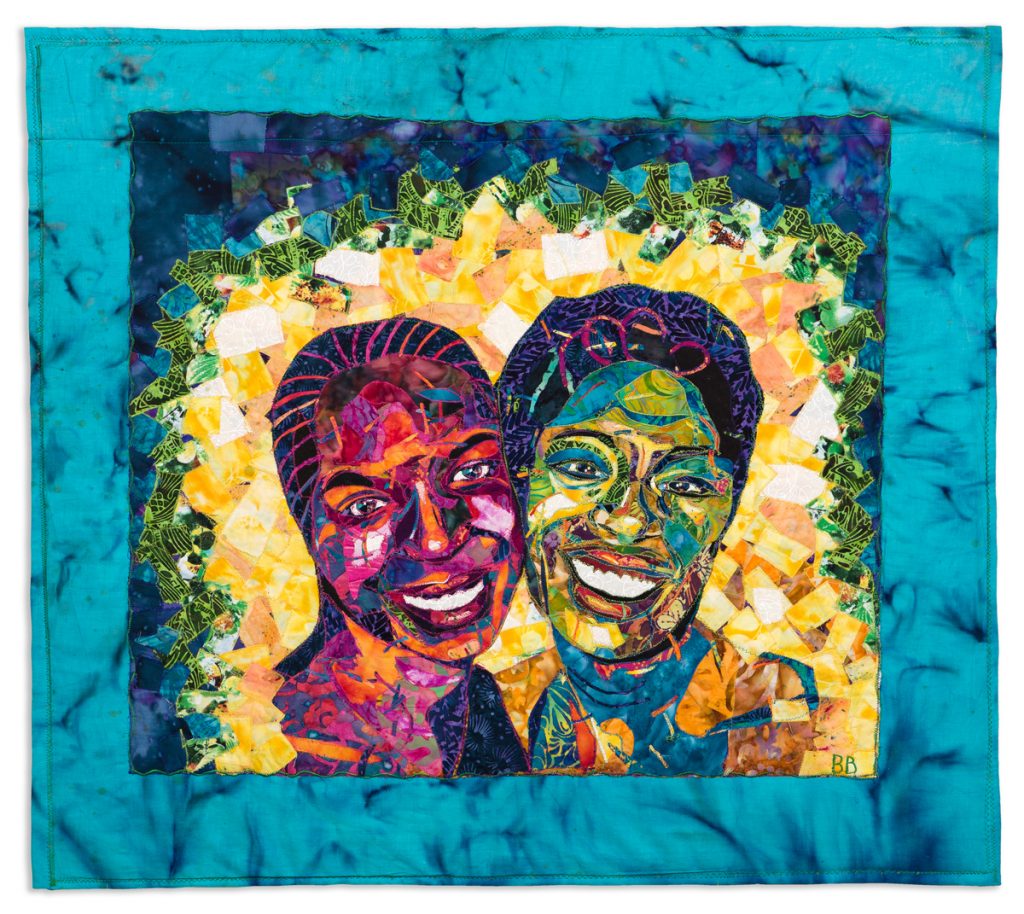
In Nandi and Natalie (Friends), she manipulates color to accentuate highlights and lowlights masterfully. Her attention to detail and intimacy of scale displays her skill as a painter but also yet technical ability as a quilter. The background which is raiding like the summer sun is formed by precisely cutting, layering, and pinning together a variety of fabrics and then arranging these vibrant forms on a patterned ground, forming the quilt top. Butler then sandwiches a layer of soft batting (a fiber stuffing) between the quilt top and a backing fabric and stitches the layers together; the fluid lines of thread give the work structure and texture. Butler also uses thread to accentuate details such as their hairstyles and a sincere smile. Butler’s approach to appliqué resembles the multimedia collage technique that artists such as Romare Bearden used to create works with dimension and layers of meaning, incorporating fabric, paper, and other media.
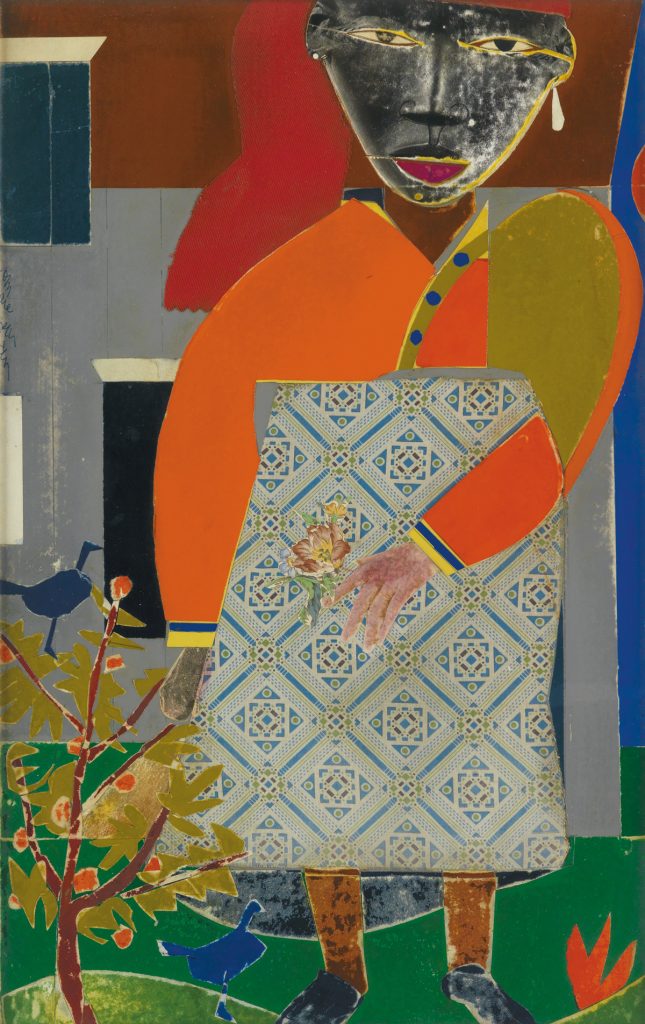
Butler’s work is currently the focus of a solo exhibition Bisa Butler: Portraits at the Art Institute of Chicago, the second stop of a traveling exhibit that began at the Katonah Museum of Art. Bisa Butler’s current exhibition at the Art Institute of Chicago is the museum’s first exhibition by a living artist to hang in its classical European galleries.
Vanessa German
Sculptor, painter, writer, activist, and performance artist Vanessa German’s practice is deeply rooted in social justice. Based in the Pittsburgh neighborhood of Homewood, it is one of the driving forces behind German’s powerful performance work, and whose cast-off relics form the language of her copiously embellished sculptures. As a citizen artist, German explores the power of art and love as a transformative force in the dynamic cultural ecosystem of communities and neighborhoods. She is the founder of Love Front Porch and the ARThouse, a community arts initiative for the children of Homewood.
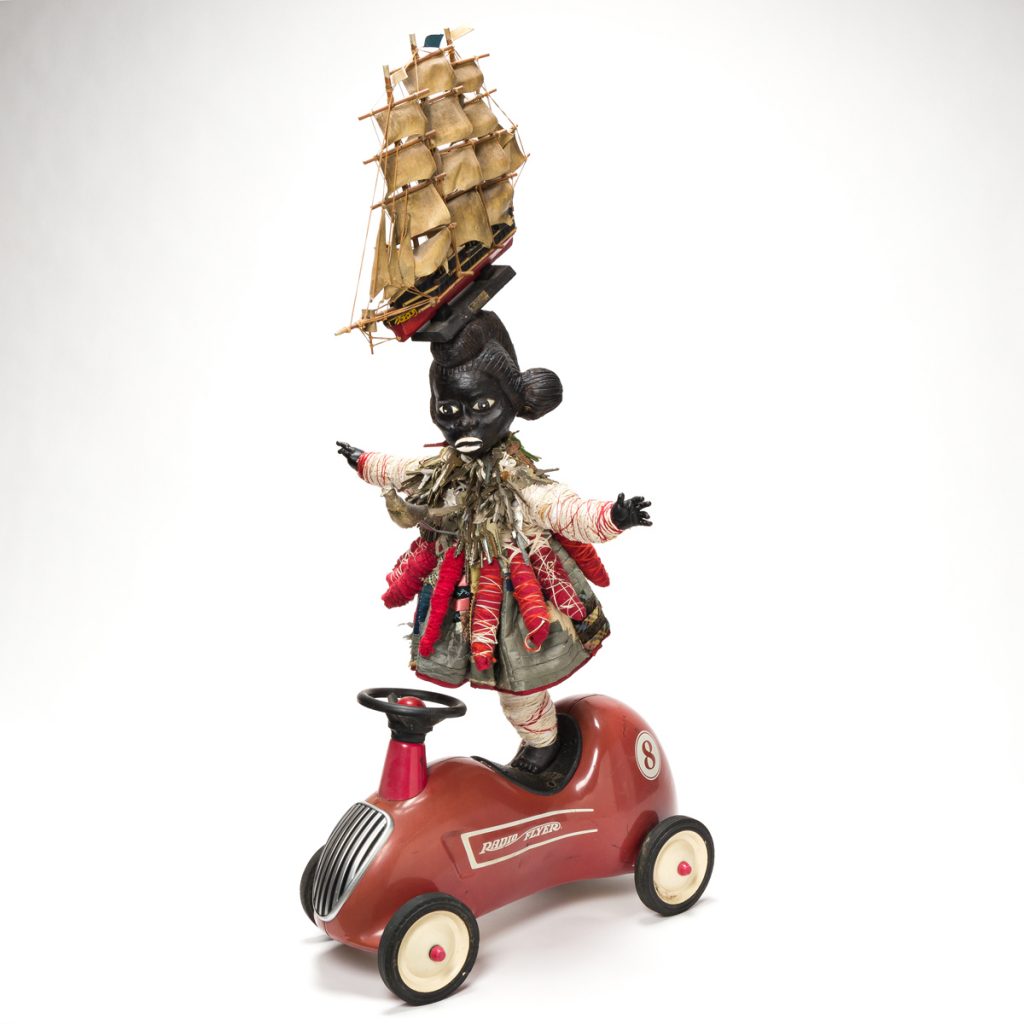
You Bring Out the Savage in Me #1, 2013 is a mixed media assemblage composed of three main parts and many additional found elements. It is composed of a female figure that she calls “power figures” and “tar babies.” She constructs them by decorating and painting large dolls and figures, then sculpting outward by layering a wide range of found materials including objects like cowrie shells, plastic guns, feathers, bottle caps, seashells, toys, and vintage products. She uses found and donated materials from her Homewood neighborhood. She discovered that her work included elements similar to the central African practice of Nkisi nkondi, guardian statues pierced with nails, and other materials that are attributed to the Kongo cosmogram.
Individually the components in You Bring Out the Savage in Me #1 may have different symbols but once reconstructed it is imbued with a new essence that hails from the synthesis of transformed objects. The reconstruction of the found elements gives new meaning to the materials. The model ship by itself is a symbol of the pastime of model shipbuilding but fused in this sculpture it symbolizes the lives altered and lost during the middle passage. Her work includes the symbolic use of color throughout. Describing beads from one work, she said “If they’re red, they’re holding rage and love simultaneously. If they’re white – they’re holding ghosts – the presence of your ancestors …and they’re also holding forgiveness and peace.” She describes the materials that compose the sculpture in a poetic fashion which include both the physical and non-tangible materials:
“model ship, old keys, silk quilt, twine, wire, Homewood beads, hope,
the liberty of flight, the weightless bones of sorrow, the sensation of rising up
radio flyer toy car—made in china, and bird salt shaker.”
The artists referenced, masterfully use their assemblage-based practices to reconstruct narratives and experiences that may have been lost or forgotten. Critical deconstruction reduces aesthetics to its purest form and through the use of assemblage-based practices reconstruction assigns new meaning to items that may have been discarded or forgotten. Through the deconstruction/reconstruction of mixed media practices, they articulate their vision for remembrance and find a forward progression of Black life. They seek a way to pay tribute to their cultural heritage by giving symbolism to discarded items.
More from Corey Serrant: Artists Reclaiming the Queer Black Male Form
Collecting Photographs by African-American Women
Do you have a work by an assemblage artist we should take a look at?
Learn about how to consign to an auction, and send us a note about your item.
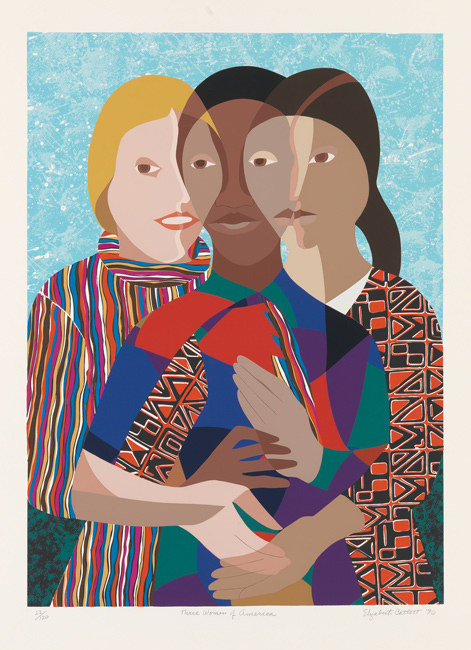
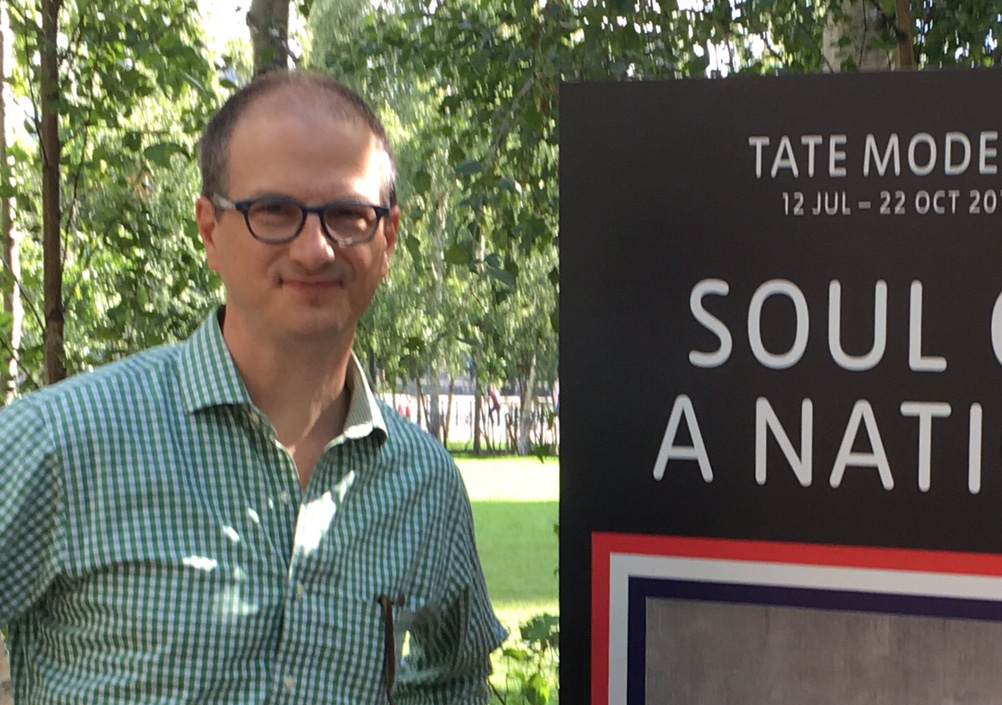
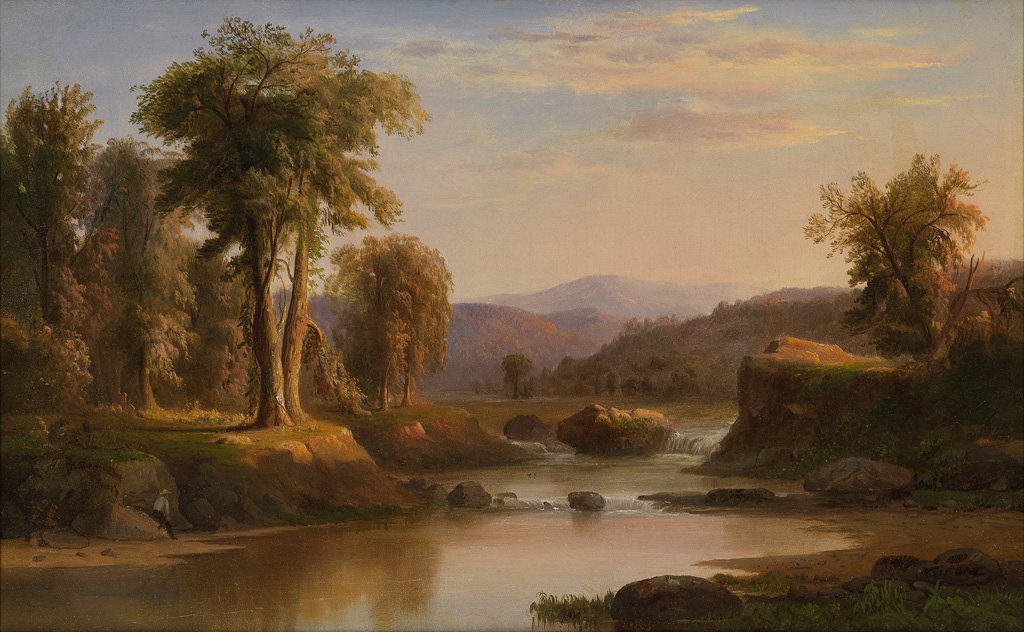





![Grace Meschery-McCormack shares about two copies of Fernando de Rojas’s ‘La Célestine,’ including a limited edition copy illustrated by Pablo Picasso.
At auction April 22. Learn more about the works at the link in our bio.
#Rarebooks #rarebookdealer #antiquarianbooks #auctions
_______________________________________
Music Credit:
Schubert - Piano Quintet in A major ‘The Trout’, D. 667 - IV. Andantino – Allegretto
Music provided by Classical Music Copyright Free on Youtube [https://tinyurl.com/visit-cmcf]
Watch: • Schubert - Piano Quintet in A major ‘...]](https://scontent-iad3-1.cdninstagram.com/v/t51.75761-15/491443494_18499096345036585_5935932878956098058_n.jpg?stp=dst-jpg_e35_tt6&_nc_cat=107&ccb=1-7&_nc_sid=18de74&_nc_ohc=Z9JEGkAXHREQ7kNvwGGUot6&_nc_oc=AdmJSnx8eY0WSW4ZCrMwPTmQIsTfafOSyYaXtUeWluHXKdvbxi2gWaQXyIMLUy6-JA4&_nc_zt=23&_nc_ht=scontent-iad3-1.cdninstagram.com&edm=AM6HXa8EAAAA&_nc_gid=sOlXGmyR_sjHZpKKW8671g&oh=00_AfGliuMLUVlwVzMCKk9TjEHYMpt2PUahB6IfEW7KpisF5g&oe=68091A91)









